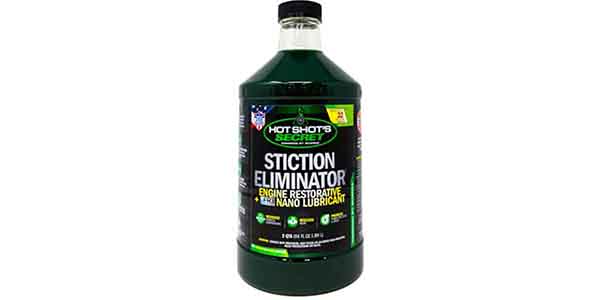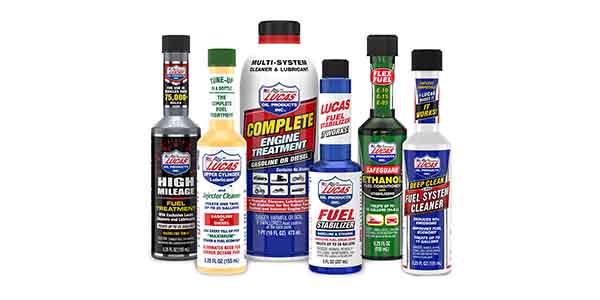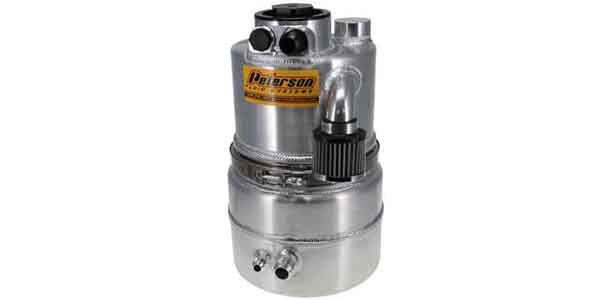Prevents Oxidation, Corrosion, Deposits and More
Jeffrey Harmening, Manager – EOLCS/DEF/MOM, American Petroleum Institute
Today’s motor oils are developed after extensive research and testing to determine the correct additive balance to meet the needs of modern, advanced engine designs. Ultimately, the additives play a crucial role in protecting engines from oxidation, corrosion, deposits, and many more damaging effects on an engine.
The correct balance of additives was crucial in the development of engine oils which meet the new ILSAC GF-6A, ILSAC GF-6B and API SP oil specifications for gasoline powered engines, which have been licensable under the American Petroleum Institute’s (API) Engine Oil Licensing and Certification System (EOLCS) since May 1, 2020. Engine oils meeting these specifications meet stringent performance specifications and each additive class has a different function to provide engine protection. A number of additives and their purpose are outlined below:
Pour Point Depressants – Pour point depressants are used to keep wax crystals in the oil microscopically small and to prevent them from joining together to inhibit oil from flowing properly upon startup of the engine. These additives are called pour point depressants because they lower the temperature at which oil will pour or flow.
Oxidation Inhibitors – Excessive engine heat causes oil oxidation, which in turn results in thickening of the oil. Oxidation inhibitors slow down the high-temperature oil deterioration process. Turbocharged engines, fuel-injected engines and other engines that operate at higher speeds and temperatures require motor oils to contain adequate amounts of oxidation inhibitor.
Rust and Corrosion Inhibitors – The combustion process produces water and corrosive acids that can lead to rust and corrosion in an engine. Today’s motor oils contain chemical additives called inhibitors which can neutralize or prevent rust and corrosion.
Detergent/Dispersant Additives – Detergent/dispersants keep combustion by-products suspended in a fine form that minimizes or prevents deposits from forming in engines. The right combination of detergent compounds in a motor oil has a very marked effect on the reduction of sludge and varnish deposits in gasoline engines. They help reduce deposits by dispersing contaminants in the oil and preventing them from combining and depositing in the engine.
Foam Inhibitors – Air can be become entrained in an engine oil and that combination of oil and air can cause the oil to foam. The presence of water also increases an oil’s tendency to foam. The air in oil decreases the ability for the oil to protect the engine; impairs wear protection, reduces lubrication of highly loaded components, and inhibits use of the oil as a coolant or hydraulic oil. Foam can result in poor engine operation. Quality motor oils contain foam inhibitors that weaken the tiny air bubbles in the oil and cause them to collapse almost as soon as they form.
Viscosity Modifiers – Viscosity modifiers make multi-grade engine oils possible. The viscosity of an oil changes with temperature. It is important for an oil to flow when it is cold to protect the engine during startup. When the engine is operating and the oil temperature is higher, the oil should be thick enough (i.e. at a higher viscosity) to protect the engine’s highly loaded parts while driving. Viscosity modifiers change the rate at which viscosity changes with temperature and lubricate the engine from the cold-start to hot-engine operation.
Friction Modifiers – Friction modifiers establish tough films on engine parts to reduce friction, heat generation, and metal-to-metal contact. They react chemically with metal surfaces to form highly adhesive surface coatings which serve as boundary lubricant to protect the engine’s smooth metal surfaces.
Additives in motor oil are depleted as they do their jobs, so it is important for oil changes to be done at manufacturer-recommended intervals. Using oils meeting the manufacturer’s recommendations for SAE viscosity grade and/or API Service Category and which are licensed by API will help ensure that engines are properly protected for the life of a vehicle.













